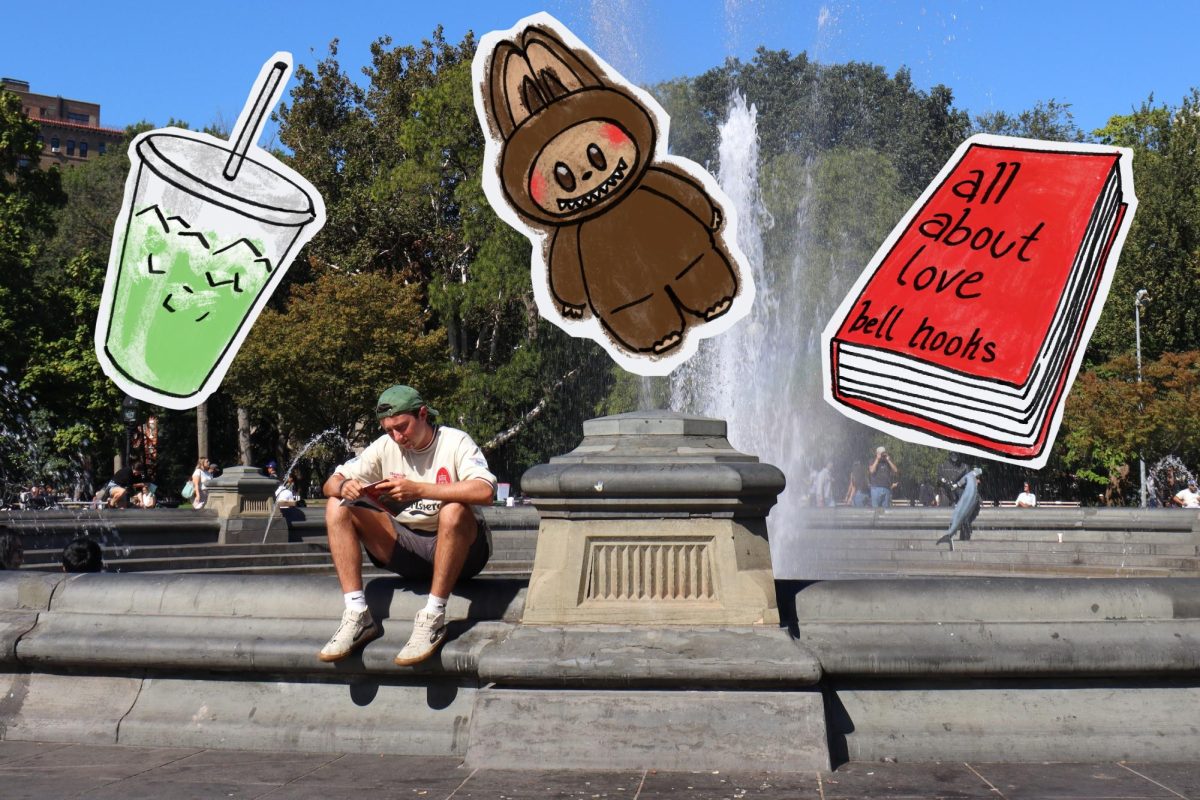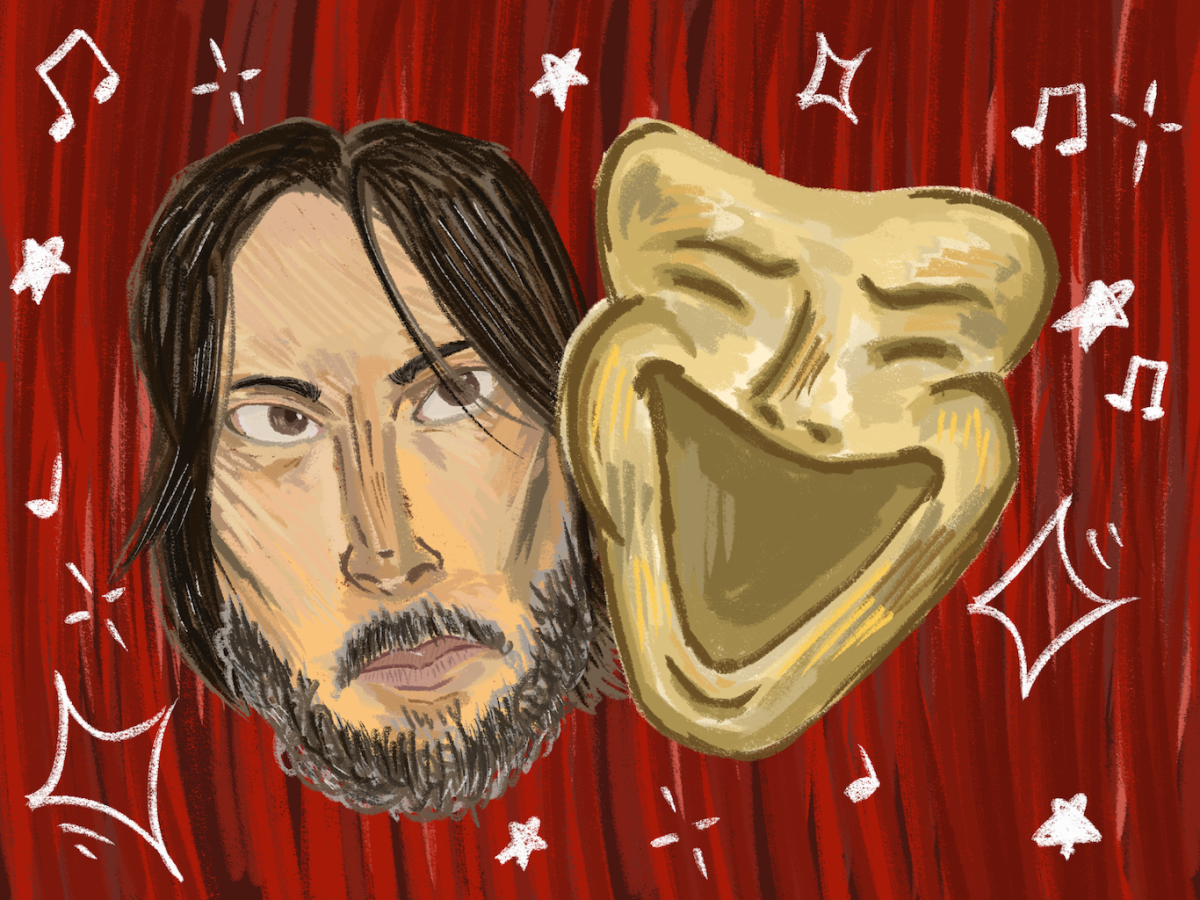Riders refusing to wear a mask on Metropolitan Transportation Authority public transit now face $50 fines. The new rule went into effect on Monday, Sept. 14. Critics have alleged the rule is classist and predicted it will be enforced in a racist manner, fearing the NYPD will unfairly target stops in communities of color. Despite harboring similar worries and reservations, two NYU commuter students believe the fine constitutes a necessary safety measure.
“I take the train [to get to school] and I totally understand why they’re trying to enforce masks,” wrote Angelica Singh, a CAS first-year, in an email. “I’ve seen so many people on the trains without a mask on. The fine is on the more expensive side I guess for forgetting or choosing not to wear a mask. However, I guess they don’t really have another way to enforce that when I think about it.”
Tracey Ouakoube, a CAS sophomore, has mixed feelings. Ouakoube lives in Brooklyn but works at NYU’s Washington Square campus as a public health ambassador. She rides the subway to work and has seen people without masks, so she said she understands the need for the fine, but worries it is marked with classist undertones.
“Say by accident [low-income riders] just don’t have the funds to buy masks, or forgot their mask at home, or it’s not accessible to them, and they get wrongfully fined without the police or anyone knowing why they didn’t have a mask,” Ouakoube said. “I feel like understanding — asking them questions first before you fine them — would be important, because I feel like it wouldn’t be fair for people from lower incomes to be fined that amount of money that they don’t have.”
The MTA has taken extensive measures to increase mask usage, from offering free masks at ticket booths to handing out 4 million masks with the Mask Force to running public information campaigns such as Operation Respect, according to an MTA spokesperson.
The Mask Force, composed of MTA employees, MTA leadership, citizen volunteers and elected officials, gives out free masks to public transit riders. The force comprises part of Operation Respect, a public information campaign responsible for Masked Man, the yellow character on subway signs who demonstrates the proper and improper ways to wear a mask while riding public transportation. On Sept. 14, the MTA announced a new public information campaign titled State of Respect. The campaign involves a series of posters donated by Conquistadors — a design agency based in Brooklyn — and VERSUS, a production studio based in Manhattan.
According to the MTA spokesperson, more than 90% of riders already wear masks on the New York City transit system. The goal of the fines is to get the remaining 10% to wear masks as well. The New York Post ascribed the data to a poll conducted between May 28 and June 4. Pointing to MTA’s outreach and mask-compliance efforts, the spokesperson claimed that this last 10% will have to actively refuse to wear masks upon instruction to do so before they are fined under the new rule.
MTA police and the New York Police Department, which have primary jurisdiction in the subway system and on buses, will enforce the fine. Claiming that the MTA neither wants nor expects a punitive outcome, the spokesperson pointed WSN to New York City Police Commissioner Dermot Shea’s remarks to Spectrum News NY1. Shea told NY1 that he doesn’t want to issue summonses, “But is aiming for 100 percent compliance.”
Shea also addressed the NYPD’s reputation of failing to enforce mask-wearing among its own ranks, claiming that the majority of officers do wear masks. He added that although he doesn’t want to issue summonses, “They are an option on the table if necessary.”
The New York Times, Rolling Stone and Time have all published articles on NYPD officers’ seeming failure to wear masks. A Twitter account, NYPD Mask Watch, is devoted to documenting NYPD officers lacking masks. New York State law mandates both the wearing of masks in public places when unable to maintain 6 feet of social distance and the wearing of masks on MTA public transit.
Gothamist reported that Mihai Ciocan, an NYU freshman, approached two maskless NYPD officers in a subway station on Tuesday, Sept. 15, and asked if the fine applied to them, too. The officers responded by saying “Alright,” asking if Ciocan had anything better to do and calling him a “male Karen.” Ciocan posted a video of the encounter on TikTok; the officers did not put on masks while he was recording.
According to a spokesperson, the MTA has spoken with the NYPD about the need to wear masks. The Office of the Deputy Commissioner of Public Information responded to an original request for comment by pointing WSN to Shea’s remarks to NY1, but didn’t respond to further requests for comment. The New York City Police Benevolent Association did not respond to requests for comment.
Beyond noting the NYPD mask controversy, Ouakoube stressed the department’s history regarding race and public transit.
“The NYPD doesn’t have a good record in New York, at all — especially in the five boroughs, because of unfair treatment of people in the BIPOC community,” she said. “Especially Black people, I feel like, are not treated fairly by the NYPD — there’s a whole wide range of reasons why — especially people from lower socio-economic communities in Brooklyn … And I know there’s a lot of controversy with the NYPD policing people not paying to get into the train.”
In the summer of 2019, the MTA announced a crackdown on fare evasion and sent 500 police officers into the system to prevent riders from jumping or dodging turnstiles. Later that year, in October, NYPD officers pulled their guns on, pointed them at and tackled a teenager with his hands up for fare evasion. Also in October, officers tasered a teenage girl for fare evasion. In February 2020, an officer shoved a teenager out of a station for attempting fare evasion. Arrests for fare evasion disproportionately involved Black people, the New Republic reported, a statistic mirrored in the NYPD’s social-distancing enforcement and overall arrest pattern.
In early May, Time reported that according to NYPD data, police issued 374 summonses “for violations of emergency procedures and acts liable to spread disease” between March 16 and May 5 — 304 of which summonses went to Black and Hispanic people. In late June, ABC further reported that the NYPD made 125 “COVID-19 related” arrests between March 16 and May 10 — 68% of which involved Blacks and 24% of which involved Latinos. From 2006 to 2019, ABC reported, the NYPD made more than 5 million arrests. Of the arrestees, 48% were Black, 34% were Hispanic and 12% were white.
All in all, Ouakoube knows that people need to wear masks and believes the fines to perhaps be the best way to make them do so. But she has bad feelings about the potential fallout and wonders why the city can’t think of more creative solutions to enforce the rule.
“I’m not even gonna try and relate this to stop and frisk,” she said. “They have to bring in the NYPD for everything that they do. I don’t understand why New York itself, like — why can’t they handle certain situations on their own without bringing in the police department? But they bring it in for everything.”
Email Trace Miller at [email protected].






















































































































































